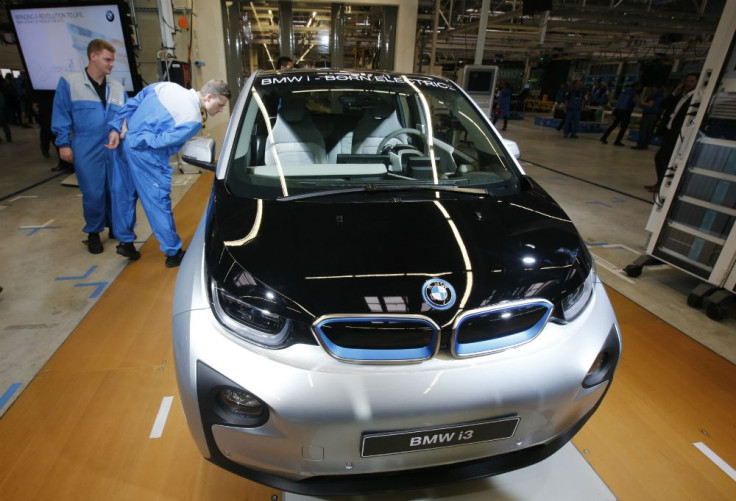BMW And Volkswagen’s Electric Car Corridors

BMW and Volkswagen are teaming up to build electric car corridors with regularly placed chargers along heavily used highways in the United States – in the Northeastern Corridor, Bay Area, southern California, and other urban areas. This is the biggest ever project of installing electric car chargers along America’s highways. The project is in collaboration with ChargePoint, a charging network.ChargePoint currently offers more than 20,000 charging stations for electric vehicles in North America. Cars that could use these charging stations include the BMW i3 and the Volkswagen e-Golf.Chargers will be placed a maximum of 50 miles apart. Initially 100 charging ports will be installed at rest stops, restaurants and shopping centres along major highways. The BMW and Volkswagen electric vehicle chargers will work with cars of some other companies as well.BMW and Volkswagen’s electric cars run for short ranges, making them difficult to take on long journeys. Building electric highway corridors increases the chances of people buying an electric car as their only vehicle – one that can be used within the city and to go out of town too.China is among the biggest market for electric cars, along with some smaller countries like The Netherlands and Norway.These new BMW and Volkswagen charging stations use 500-volt DC Fast Charge, which can recharge both the BMW i3 and the Volkswagen e-Golf to 80 per cent in 20 minutes. In contrast it takes 40 minutes to reach 80 per cent of charge in an 85kWh Model S using Tesla’s Supercharger network. The battery capacity of the Model S is significantly larger: it would be 216 miles on a dual motor 85D model. Neither the BMW i3 nor the Volkswagen e-Golf will reach 90 miles on a full charge.The new BMW and Volkswagen electric car corridor will run from Boston to Washington, DC on the east coast and on the West Coast from Portland to San Diego. Electric cars will be able to cover 50 mile stretches along the highways before stopping for 20 minutes at a time to recharge.To contact the writer, email: sonali.raj@gmail.com






